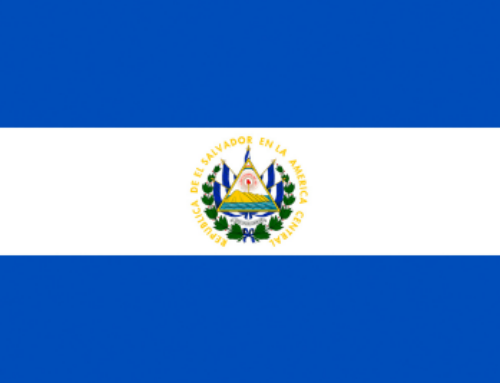Tuberculosis continues to pose a major public health challenge in Papua New Guinea. In 2023, an estimated 45,000 people developed TB, and 3,200 died from the disease. Co-infection with HIV remains a critical concern, with 2,500 individuals affected by both conditions. The country also recorded over 2,200 cases of drug-resistant TB, adding complexity to treatment and control efforts.
To support national screening efforts, we’ve worked closely with local and international partners since 2016. That year, we delivered a Delft OneStopTB X-ray Clinic to the World Health Organization (WHO), fitted with an ultra-portable digital X-ray system and CAD4TB. This unit enabled point-of-care diagnostics in harder-to-reach areas.
In 2019, we provided 2 Delft OneStopTB X-ray Clinics through UNOPS, each equipped with an EasyDR system and CAD4TB. This was followed in 2021 by 3 Delft OneStopTB X-ray Clinicss, each installed with a CompassDR and CAD4TB, also through the United Nations Office for Project Services (UNOPS)
We continued to strengthen the diagnostic capacity in 2022 by supplying an additional CAD4TB to the nation. In 2024, we delivered 2 Delft Light systems with CAD4TB to the Ministry of Health to support broader access to TB screening nationwide. Most recently, in 2025, we provided 4 Delft Light, each equipped with 4 CAD4TB, to the National TB Programme. In the same year, the Burnet MacFarlane Institute acquired a CAD4TB in the country.
Making a difference
Research paper
In 2024, a study from Papua New Guinea shows CAD4TB’s effectiveness in detecting TB. Among 7,970 participants, CAD4TB flagged 1,116 for abnormal chest X-rays, identifying 69 Xpert-positive TB cases. This detection rate of 853 per 100,000 exceeds the national TB incidence rate of 432 per 100,000 in 2019. The study underscores CAD4TB’s potential to improve TB detection rates in TB hotspots with healthcare access barriers.
A 2024 study explored the implementation of CAD4TB (v6) in Papua New Guinea, focusing on its impact within a community-wide TB screening and prevention programme aimed at continuous quality improvement. The study highlights the effectiveness of CAD4TB in enhancing TB detection and treatment efforts.
Press coverage
In 2022, UNOPS covered the project of the X-ray and CAD4TB installation in their news article ‘Strengthening Access to Healthcare in Papua New Guinea’. In it, they wrote: “Having this X-ray capacity within these premises means a lot for [the National Capital District] public health services,” said Rueben Kitembing, Director of Curative Services at Gerehu Hospital. “Our clinical services will be very much improved. We have more than a hundred people here each day who would require an X-ray.”
In 2025, NBC News reported that the National Department of Health in Papua New Guinea presented Delft Light and CAD4TB to the NCD Provincial Health Authority to boost TB detection. Acting Secretary of Public Health Ken Wai stated, “This portable X-ray machine will make TB detection so much easier when out in the communities testing.” The technology aims to improve early screening and treatment in NCD, which accounts for about 20% of the country’s TB burden and has twice the national notification rate.





